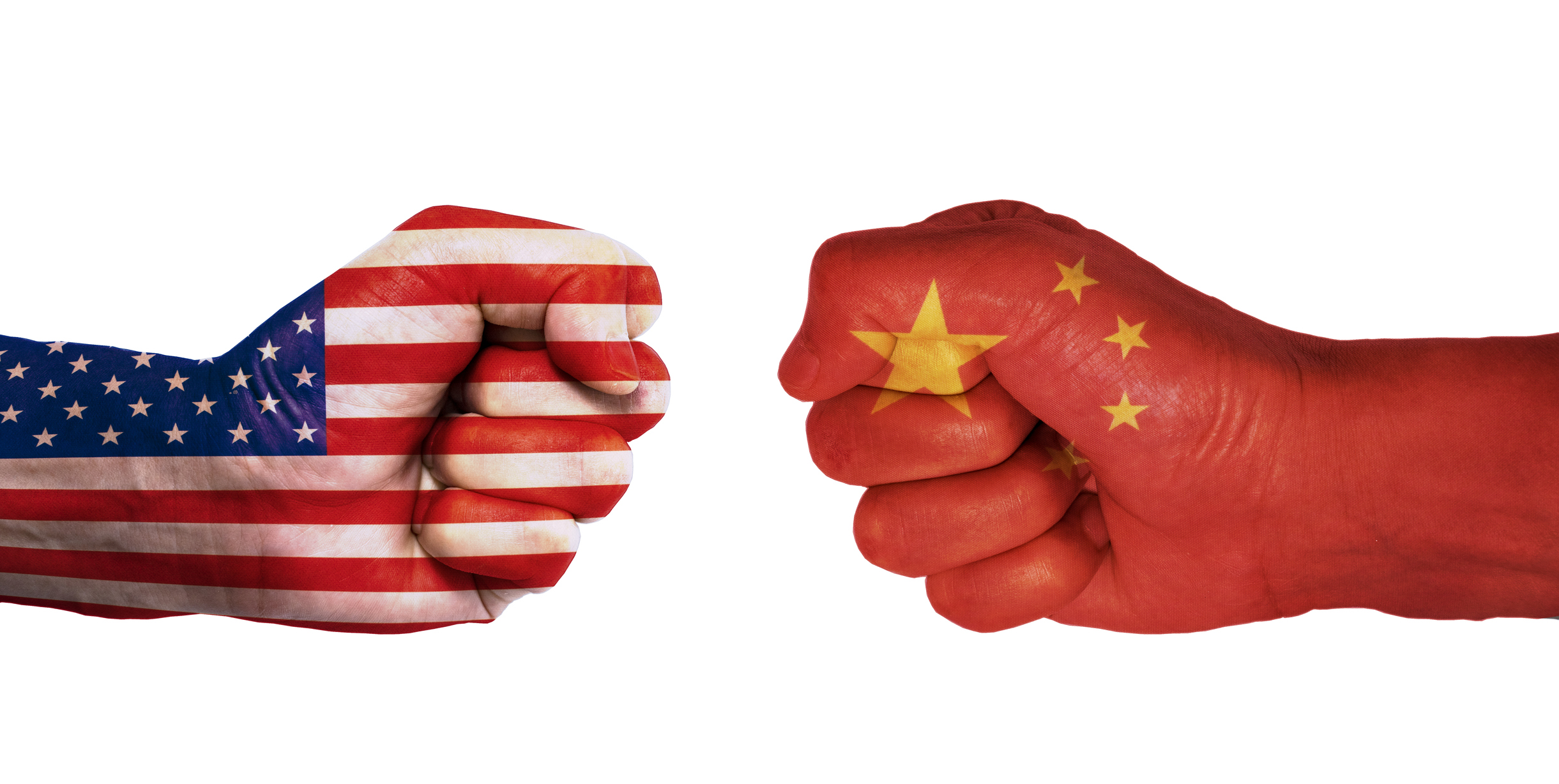The latest round of the tariff war between the US and its largest trade partner, China, is set to present a significant opportunity for India.
US President Joe Biden, in a move that is seen as a protectionist measure to reduce trade imbalance, imposed heavy tariffs on Chinese products including batteries, EVs, steel, solar cells, and aluminium.
The tariffs include a 100 percent duty on electric vehicles, a 50 percent duty on semiconductors, and a 25 percent duty on electric vehicle batteries imported from China.
Other items that will be subject to increased tariffs include medical gloves, syringes, needles, certain critical minerals, and solar cells, among others.
The proposed tariff increase is part of a larger strategy by the US to counteract what it considers unfair trade practices by China.
US Trade Representative Katherine Tai emphasized the necessity of these measures to combat the surge of low-priced Chinese goods flooding global markets.
“India has opportunities in products such as face masks, PPE, syringes & needles, medical gloves, aluminium, and iron and steel. Additionally, India may have opportunities in China if it retaliates against the U.S. tariffs. However, this depends on India having market access to the products targeted by China,” Ajay Sahai, Director General of the Federation of Indian Export Organisations (FIEO), told ANI.
According to Sahai, the US’ move will start a tariff war between the two countries with retaliation expected from China. Approximately USD 18 billion out of China’s USD 420 billion exports to the US are impacted, which he said is little over 4 per cent and thus marginal.
“It will further increase in times to come,” Sahai said, adding that this provides opportunity to India and other competitors to fill the supply gap.
Asked if China would dump tariff-imposed products in neighbouring India, Sahai said China is sitting on overcapacity and thus the threat of dumping is not ruled out, more so when an important market is closed for their exports.
“I am sure the industry and the government will be keeping a close watch on imports, and if any surge or dumping happens, the Directorate General of Trade Remedies (DGTR) will take appropriate action to safeguard our industry,” he said.
Ajay Srivastava, the founder of the Global Trade Research Initiative (GTRI), said both the US and EU are reducing the import of electric vehicles from China.
“The raising of tariff on EVs, batteries and many other new technology items by the US may push China to dump these products in other markets including India,” Srivastava said, adding that the DGTR must remain vigilant.
Like Sahai, Srivastava also said that higher duties on Chinese face masks, syringes and needles, medical gloves, and natural graphite present a significant opportunity for India.
“By ramping up production and export of these in-demand products, India could expand its trade footprint in the US market,” he added.
India may not get any export advantage on remaining products such as EVs and semiconductors as the country is a net importer of these items.
In the long term, as India scales up its semiconductor production from 2025, it is likely to become an exporter of semiconductors to the US and countries in Europe. India is currently working on establishing four semiconductor plants, with three located in Gujarat and one in Assam.
Similarly, India is witnessing a surge in the production of electric vehicles. Several automobile companies are manufacturing electric vehicles in India, catering both to the domestic market and for exports.
The Indian electric vehicle ecosystem is currently in the initial stages of development but has been gaining traction. In 2021, EV registrations amounted to 330,000 units, a jump of 168 per cent from 2020. The sales were led by 2- and 3-wheelers –48 per cent and 47 per cent, respectively – followed by passenger vehicles at 4 per cent, as per a report by EY and IndusLaw.
(With ANI input)














